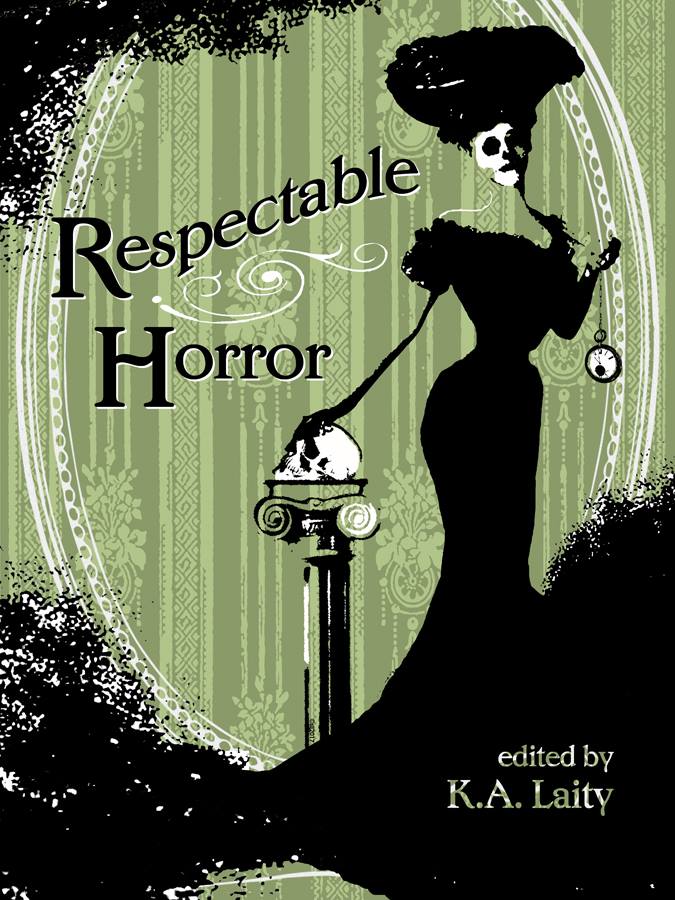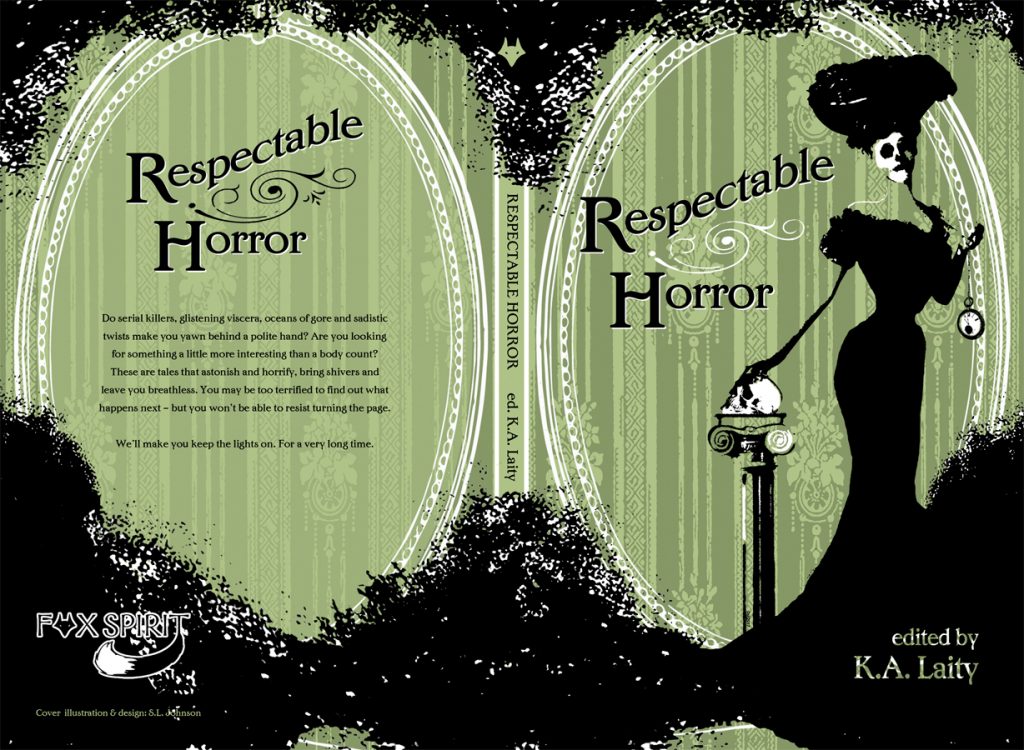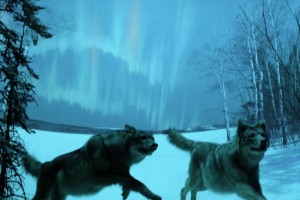
The author of ‘The Holy Hour’ may perhaps be better known for tales of another type:
With regard to my story ‘The Holy Hour’ soon to be presented to you under the auspices of Respectable Horror:
Respectable, you say? Well now, it’s a good job you came to me, my dears, for it is well known about these parts that I am the very embodiment of the well-turned heel of etiquette, the nine-time retriever of Lady Windermere’s Fanny, the epitome of Respectability. Its goddamned quintessence, I say. Yes, indeed, I am all about the corsetry and manners, my sweetest hearts, the decadently clad dandy wilt throw no shade on me. My writings, for the most part, are not that of some rabidly cussing blood-crazed termagant, it’s not all effing and bloody jeffing, with dismembered limbs akimbo and boiling pans of severed heads on the stove – I mean, I once wrote a story about a Sub-Aquatic Opera Company, for goodness’ sake. That’s a positively cultural orgasm of respectability right there, a full on lah-di-dah rigour of protocol and decorum.
Don’t listen to today’s rabble, my loves! Theirs is the voice of indignity and ignorance.
Free yourself from the restraints of the heathenism of modern hedonism and run with me into an old-fashioned gothic phantasmagoria that will chill your spine and … well, actually, I feel quite foolish now, because there aren’t any creaking old houses, or sinister mazes, or spinster phantoms plaguing ruthless rakes in the night. No tastefully bosom-heaving heroines or gargantuous-foreheaded uncles with their eye on their innocent ward’s prize, no creatures that will cause the blood to run slow in your veins, and there are most certainly no books that will twist you into folly itself. There’s a wife; she’s alone and she’s sad. She might be me one day. I hope not, but I fear it.
Wait! There’s a church, they are très respectable, aren’t they? Well, it might be a church, or it might not now I come to think about it, I’m not a believer myself, at least I don’t think I am… there’s definitely a dog. Everyone likes dogs, all respectable households have one.
And no one – I repeat NO ONE – gets eaten.
Respectable? Fucking A.
Oh.
C.A. Yates.
P.S. Blame The Cure. I do.


